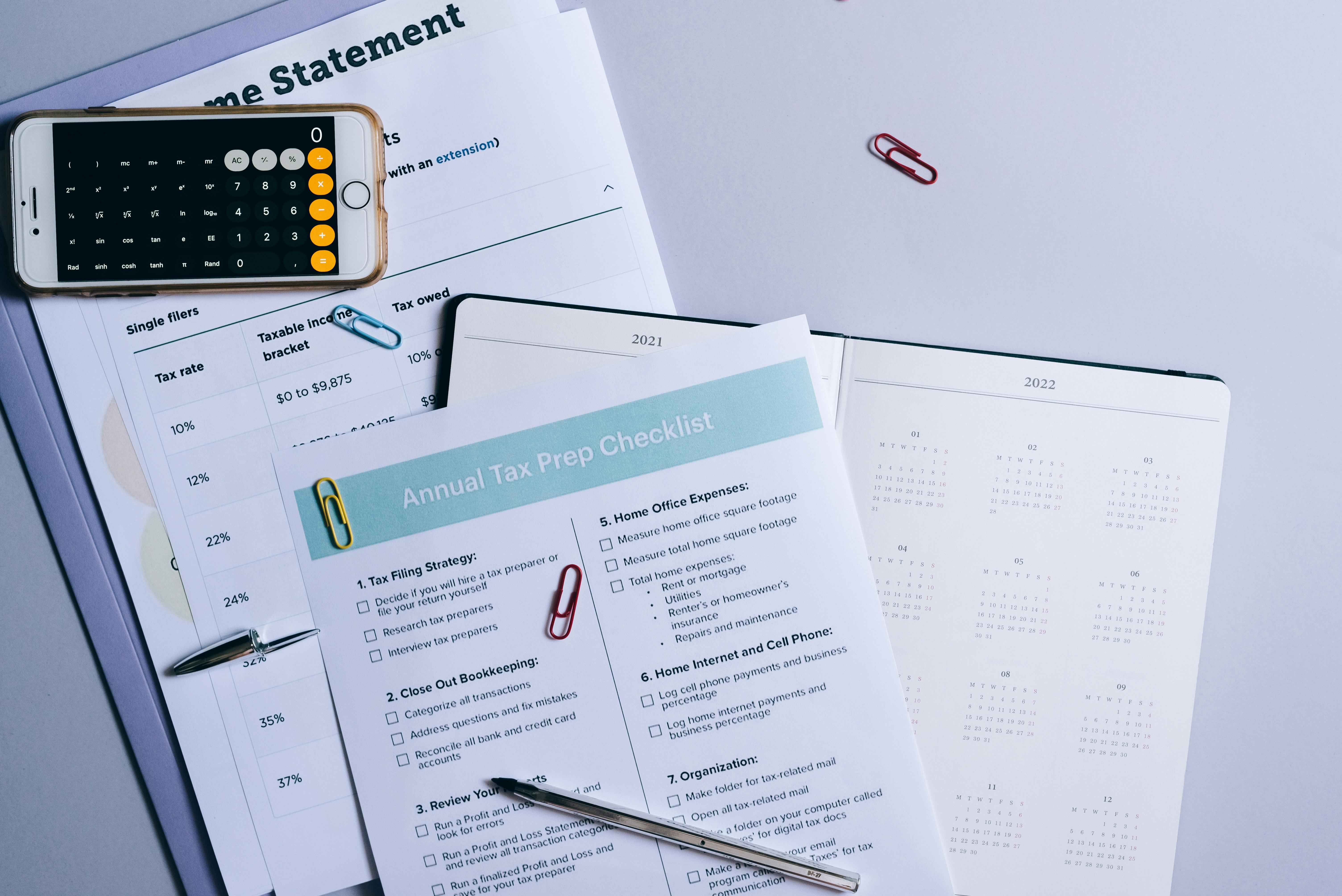New GST/HST E-Filing Returns: More Detailed Information Now Required!

Introduction
As we have previously written about here, the Canada Revenue Agency (CRA) has been modernizing its electronic services. As part of these changes, the CRA has updated the GST/HST e-filing returns to require additional lines of detail. Businesses e-filing their GST/HST returns need to understand this new change and complete their returns properly.
As of May 13, 2024, registrants e-filing their GST/HST returns have been encountering the new forms, and the CRA reminded registrants of the change in its Excise GST/HST News – No. 117.
Those who previously filed paper returns will immediately recognize these additional details as lines from the paper returns, which have now been migrated over to the e-filing system.
The Changes
The CRA announced that the changes impact two forms:
- GST34 – Goods and Services Tax/Harmonized Sales Tax (GST/HST) Return
- RC7200 – Goods and Services Tax/Harmonized Sales Tax (GST/HST) and Quebec Sales Tax (QST) Return for Selected Listed Financial Institutions
In both forms, the following updates have been made:
- Four new lines have been added.
- Two previously fillable lines (105 and 108) are now calculated as follows:
- Line 103 – GST/HST collected or collectible
- Line 104 – Adjustments to be added to the net tax
- Line 105 – Sum of Lines 103 and 104
- Line 106 – GST/HST paid or payable (ITCs)
- Line 107 – Adjustments to be deducted when determining the net tax
- Line 108 – Sum of Lines 106 and 107
Additionally, the RC7200 form, used for QST reporting for Selected Listed Financial Institutions (SLFIs), has been updated to include parallel adjustment fields with respect to the QST and Input Tax Refunds (ITRs).
Why Do I Care?
Businesses filing their GST/HST and QST returns electronically must now ensure they report their adjustments to net tax on the new lines, rather than "lumping together" these adjustments with the underlying GST/HST and ITCs on lines 105 and 108.
This change ensures that adjustments to be added to, and deducted from net tax, are reported separately. This helps the CRA monitor compliance more effectively and determine audit priorities.
For example, bad debts will now be more specifically tracked under the new system. When an amount becomes a bad debt, a portion of the GST/HST can be claimed as an adjustment on Line 107 (as a deduction from net tax). Conversely, if a registrant receives payment for a previously written-off GST/HST amount, the corresponding adjustment must be reported on Line 104 (as an addition to net tax).
Conclusion
The CRA's new requirements for GST/HST e-filing returns aim to improve tax compliance by requiring more detailed reporting of GST/HST adjustments. Businesses must now ensure that adjustments to net tax are reported separately to enhance compliance monitoring. With these changes, businesses should be proactive in understanding the new lines and completing their returns accurately. For assistance in navigating these changes, businesses should reach out to tax advisors for expert guidance.
This article is written for educational purposes.
Should you have any inquiries, please do not hesitate to contact us at (905) 836-8755, via email at info@taxpartners.ca, or by visiting our website at www.taxpartners.ca.
Tax Partners has been operational since 1981 and is recognized as one of the leading tax and accounting firms in North America. Contact us today for a FREE initial consultation appointment.